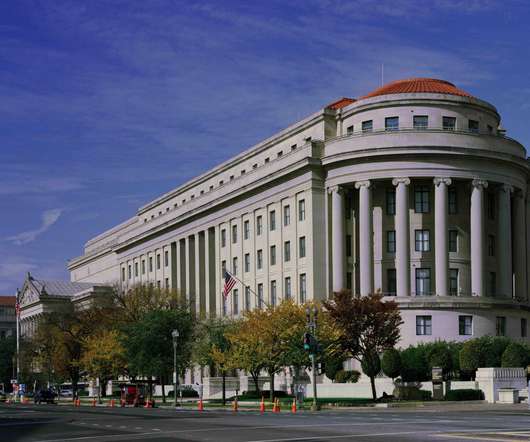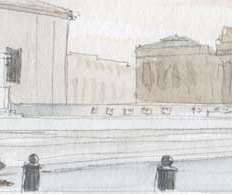In back-to-back cases, justices will scrutinize traditional limits on challenges to agency proceedings
SCOTUSBlog
NOVEMBER 4, 2022
In both cases, the targets of agency proceedings want to challenge the legitimacy of those proceedings right away in federal court, rather than having to await the outcomes of long-running administrative processes before getting their day in court. The general federal jurisdiction statute ( 28 U.S.C.















Let's personalize your content